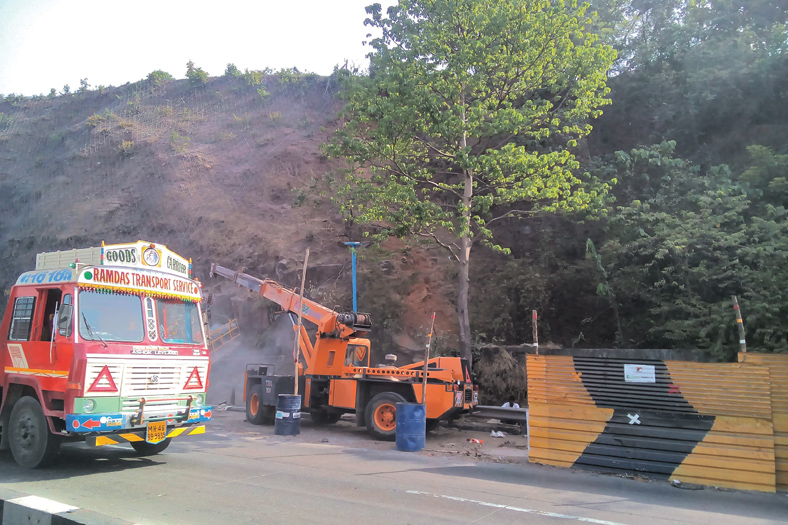Constructible BIM helps minimise construction waste and increase sustainability

BIM gives access to automatically calculated data useful for environmental and heat-loss analysis, such as floor and surface areas and building volumes.
Paul Wallett, Regional Director, Trimble Solutions, India and Middle East
The recent performance of the construction industry is in two broad ways, first is the government’s push to develop infrastructure in India, and second is the rapid urbanisation due to rural-urban migration.
The Indian government has led a major push to develop the country’s infrastructure. To finance the goal, the government has sought to attract and announced FDI investments in transport, energy, utilities and urban infrastructure. Secondly, important legislations like RERA are expected to give a fillip to the urban construction industry. These developments come at a time when global construction standards and practices are relying more and more on sustainability and technology as a core part for the development of construction projects.
Also, there is an ongoing infrastructure boom in Indian cities to cope up with the population growth. According to Paul Wallett, Regional Director, Trimble Solutions, India and Middle East, “Managing urbanisation is both a challenge and an opportunity for public and private sector players. In fact, India is currently witnessing infrastructural development at a scale that parallels the post-war construction boom in the western countries.”
Finally, technology is leading to a transformation of the construction industry. Experts already predict that the Internet of Things (IoT) will transform the construction industry by 2025 through automation, software, prefabrication, and 3D printing. “Indian contractors and construction industry players should adopt construction technology aggressively over the next few years in order to prepare for the future of construction, using innovations such as Field BIM (on mobile devices), cloud-based collaboration tools and mixed reality tools,” Paul opines.
Role of technology in making sustainable structures
The growing urbanisation around the world and the resulting growth in urban infrastructure has put unprecedented pressure on scarce natural resources; including clean air, water and energy. All structures consume these resources during the construction and throughout their usable lifecycle; but, in Paul’s opinion, sustainable structures or ‘green’ structures are designed to optimise the consumption of natural resources so as to minimise their environmental impact.
In fact, he says, much of the recent innovation and new technology developed globally in the construction industry has been centred on sustainability. New building materials, 3D printing, prefabrication, and modular approaches are among the emerging trends shaping up the construction industry and boosting growth for those who are ready to adopt, particularly in India where the take up has been slow to date.
Trimble’s technology for the future
Trimble’s industry-leading and cutting-edge solutions like Tekla Structures and Vico office enable the development of highly constructible 3D building information models, where the focus on constructability directly translates to minimisation of material wastage or rework that optimises the sustainable footprint during the construction stage. Use of 5D BIM enabled by Vico office allows building owners to schedule and estimate work efficiently that in turn allows them to manage and control production elements such as electricity and water usage efficiently, and prevent undue wastage.
The use of BIM can be enriched with additional information and integrated analysis and evaluation tools. This might include day lighting and solar studies, material and product libraries containing embodied energy and life cycle assessment (LCA) information, as well as de-construction, maintenance and building management information for the entire lifecycle of a building. Paul says, “BIM gives access to automatically calculated data useful for environmental and heat-loss analysis, such as floor and surface areas and building volumes. For optimum effect, it can be formally integrated with building performance evaluation (BPE), and post occupancy (POE) stages and feedback.”
Paul states, “Indian construction giants like Larsen & Toubro, Shapoorji Pallonji, Jindal Steel, and Kirby Building Systems India amongst others have successfully adopted the Trimble flagship product, Tekla Structures and leveraged the advantages of constructible BIM. The Constructible BIM not only helps reduce construction time and costs, but also helps minimise construction waste and increase sustainability over a building’s lifetime.”
Cookie Consent
We use cookies to personalize your experience. By continuing to visit this website you agree to our Terms & Conditions, Privacy Policy and Cookie Policy.









